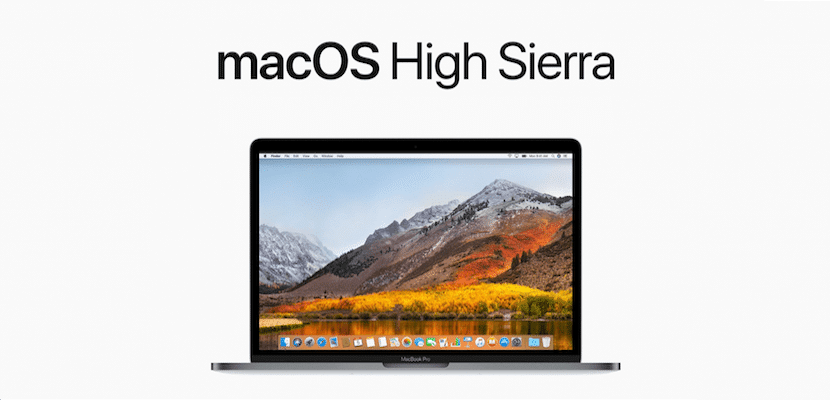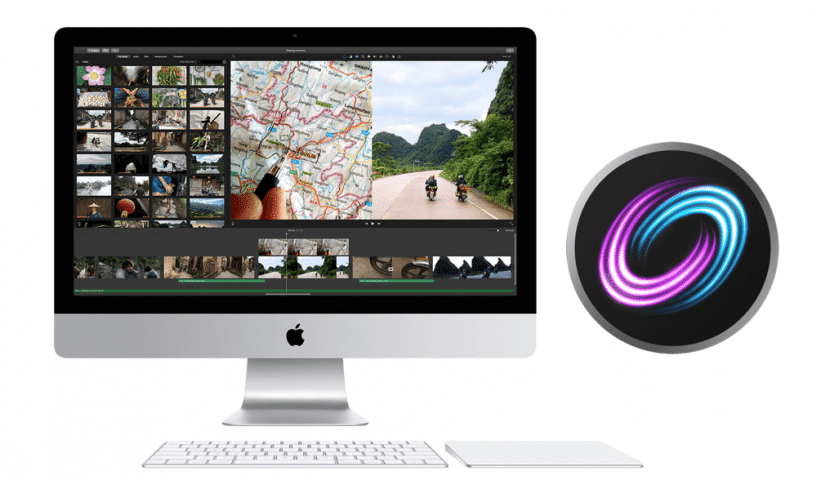
In a few days we will have the final version of macOS High Sierra. As we have commented on several occasions, this will happen on the 25th. But with the Golden Master version, that is to say, the final version unless Apple changes something at the last minute, an incompatibility has been detected that had been commented on for weeks. The Fusion Drive system does not allow working with APFS files. On the other hand, during the betas, this has been possible. However, Apple itself in a statement, has been in charge of clarifying it. But it is not necessary to undo everything and start from scratch. Apple explains how:
The beta versions of macOS High Sierra have changed the disk format of the systems, converting them to use the new Apple file system. The initial release of MacOS High Sierra will support Apple's new file system format, which will be set as the default boot system on Mac systems with 100% Flash storage. If you installed a beta version of MacOS High Sierra, your Mac's Fusion drive may have been converted to the Apple file system format. Since this setting is not compatible with the original version of MacOS High Sierra, we recommend that you follow the steps below to revert to the previous disk format.

In the following link, Apple explains step by step how to return to HFS + system from APFS. In summary.
- makes a Backup with Time Machine.
- Download the latest version of macOS High Sierra from the Mac App Store.
- Create an executable with the operating system and the help of Port. (not difficult if you follow the steps)
- Once it's installing, select Disk Utility from macOS utilities.
- Choose Show all devices.
- Select disk where your operating system is installed.
- Click delete and change the format to MacOS Extended (Journaled). Give it a different name so you don't get confused.
- Get out of disc utilitieso.
- Choose Reinstall macOS and select the volume created in point 7
- Finally, when it asks you if you want to migrate data, choose the backup created in point 1
Now you will have your Fusion Drive, 100% operational for macOS High Sierra.
"It is not necessary to do everything and start from scratch" ... not of course ... you just have to format and restore a backup (that if you have and can do it ...) xD
Seriously, who these articles? XD
Hi. I do not know if what I am saying has changed recently, but at least before, the format of macOS and that of the Time Machine copy should match. Therefore, if you have changed to APFS and you have to go back to HFS + it could be understood that the last copy with APFS did not work. I mean, we lost our jobs since you switched to APFS. Therefore, it is not necessary to start from scratch »it means that you do not lose work from the last days.
And what does this influence us or what problems can we have to which we are going to install an external ssd to the imac 25 5k (late 2015) ????
Why the hell does Apple always want to complicate us having the tools to solve that kind of thing